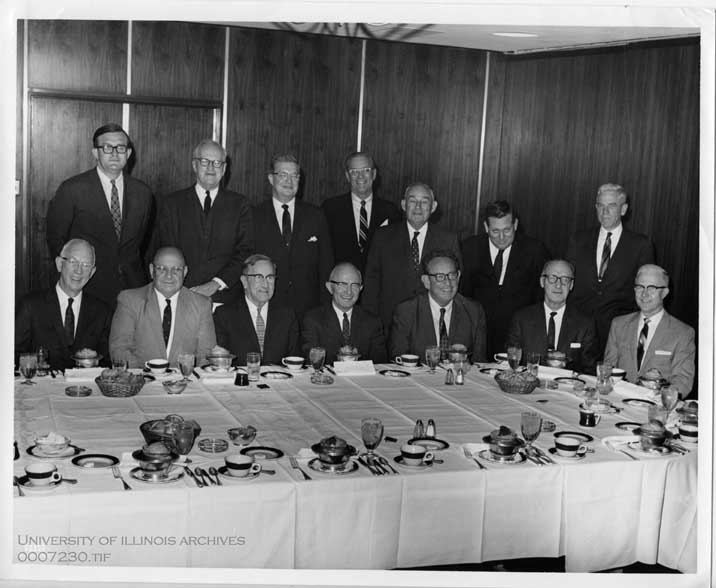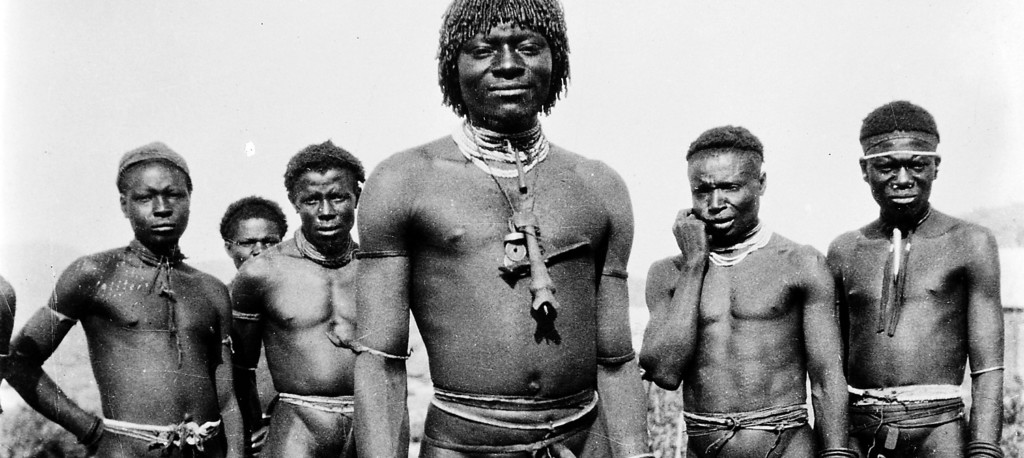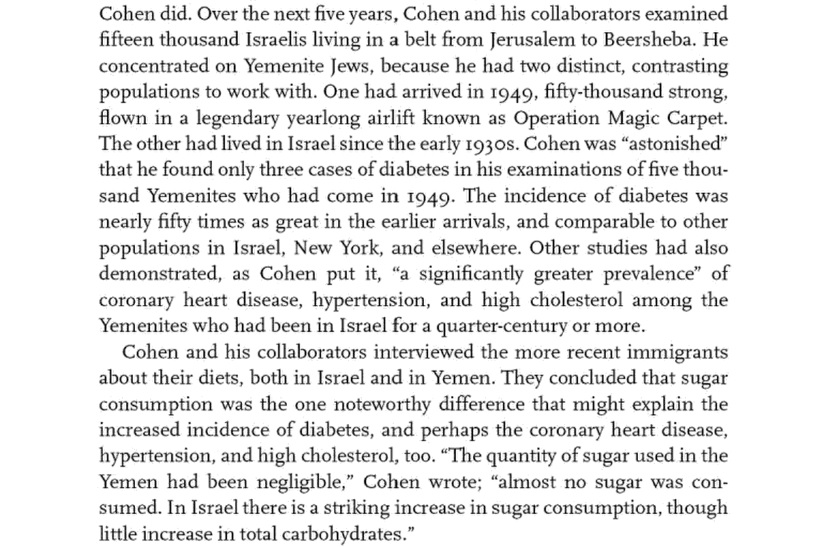Why, despite the growing rise in obesity in the United States, despite diseases long proven to be linked to excessive sugar consumption, and despite the scientifically proven virtues of fats, thehe public authorities have consistently recommended a majority contribution in carbohydrates in food?
Find this chapter on the ideal diet for humankind in PODCAST format:
This content is part of the guide Blooness, the guide to the ideal human diet, the summary of which you can find here 🌱🥑
What rhetorical process has been used to demonize fats to such an extent that an extremely high-carbohydrate meal can be described as "fatty"?
Why on earth do people say that fats are fatteningor that they inevitably lead to serious illnesses?
Take control of your diet and never miss another chapter of the guide by subscribing to the Blooness newsletter 🙌
Finally, why are official bodies taking so long to update their nutritional recommendations, despite repeated scientific findings in favor of reducing sugar consumption, and carbohydrate consumption in general?
To understand how carbohydrates, and in particular sugars, are propelled at the forefront of Western nutrition since the 1960s without caution or moderation, it's time to go back in time. Let me take you behind the scenes of the sugar lobbies and the food industry, in the aftermath of the Second World War...
Note: this article is one of the chapters in the Blooness feeding guidea guide to the ingredients of the ideal diet for humankind.
This information is partly taken from from an article by Gary Taubes published in Mother Jones on October 31, 2012.
The origins of the sugar lobby, Sugar Information Inc.
It all began in 1943, when sugar producers and refiners created the Sugar Research Foundation (Foundation for Sugar Research)renamed Sugar Association, (Sugar Association) in 1947, with its own public relations department, the "Sugar Information Inc., founded in 1949.

The aim of this association was to protect the interests of the sugar industry against early scientific research on the subject of sugar, which concluded that it was probably dangerous.
The battle against sweeteners
One of their first victories was to ban the cyclamate in 1970 by the Food and Drug Administration (FDA)the U.S. Food and Drug Administration, which is responsible, among other things, for authorizing the marketing of drugs in the United States.
Cyclamate is a sweetener 30 to 40 times sweeter than sugar, but much cheaper than sugar. But between 1963 and 1968, "diet" sodas, some of which contained cyclamates, became increasingly popular, putting the sugar industry to the sword.

In its war against sweeteners, the sugar industry spent $600,000 ($4 million today) to denounce the negative effects of synthetic sweeteners. The operation was a success for the Sugar Association, as cyclamate was banned by the FDA.
The link between sugar and diabetes in the spotlight
In the 70s, the link between type 2 diabetes and excessive sugar consumption was beginning to become obvious. Research conducted by the USDA, the United States Department of Agricultureshowed that an excess of sugar led to a sharp increase in the disease, while a certain amount of sugar was associated with a decrease in the disease rate. George Campbella South African physicist in charge of a clinic specializing in the treatment of diabetes. DurbanIn the United States, for example, a study by the University of California, Berkeley, suggested that consumption of more than 35 kg per person per year - twice as much as is currently consumed in the US - was enough to trigger a diabetes epidemic.
The same George Campbell still found in the South African city of Durban that coronary heart disease, hypertension and gallbladder disease were very common in the local white population, but virtually non-existent among Zulus living in rural areas. In 1956, he flew to Philadelphia, where he practiced for a year and discovered that diseases in the local black population were virtually identical to those observed among whites in South Africawhich ruled out any genetic factor.

Other scientists made similar epidemiological and statistical findings. In Israel, Aharon Cohena diabetes specialist, found that out of 5,000 immigrants from Yemen in 1949, there were only 3 cases of diabetes. On the other hand, among Yemenis who had arrived around 20 years earlier, the incidence of diabetes was almost 50 times higher.
Cohen concludes that the much higher consumption of sugar among those who had already settled in Israel was the critical factor responsible for the difference in disease levels.

Finally, Professor John Yudkin from Queen Elizabeth College University, blamed sugar for the onset of cardiovascular disease, in his book Pure, White and DeadlyThe sugar industry was furious about this.

This link, which was increasingly emphasized at the time, prompted the Sugar Research Foundation (RSF)renowned International Sugar Research Foundation (ISRF) in 1967, à meeting in a crisis cell in 1975 in Montreal. "Sales are fallingsaid ISRF President John Tatem Jr. in front of the industry's leading figures. "link between sugar and certain diseases.
And so it began one of the world's largest lobbying and scientific study rigging campaigns. The aim was to find someone to blame, and put the blame on him. This culprit was going to be the fat.
Between 1975 and 1980, the ISRF devoted some $655,000 to funding studies aimed at "ensuring that research remains an essential support to the industry's defense".as it says in the internal notes. The method was extremely well oiled. Each study proposal was examined by committees made up of people close to the industry, including representatives of sugar-related companies such as Coca-Cola or Hershey's.
Naturally, the money was spent on studies in favor of sugar, some of which went so far as to demonstrate its therapeutic value in the treatment of depression.

The aim was to "demonstrate the safety of sugar". To this end, the ISRF set up a committee funded to the tune of $60,000 a year (currently $220,000), made up of doctors and dentiststo defend the idea that sugar has its place in a healthy diet.
A famous nutritionist was about to make their task easier, by pointing the finger at an ideal culprit linked to cardiovascular disease...
Next chapter: Ancel Keys, the nutritionist behind the fat hunt


One Response
Hello! Your articles and podcasts are very interesting! Thank you for this enrichment. When can we expect more?